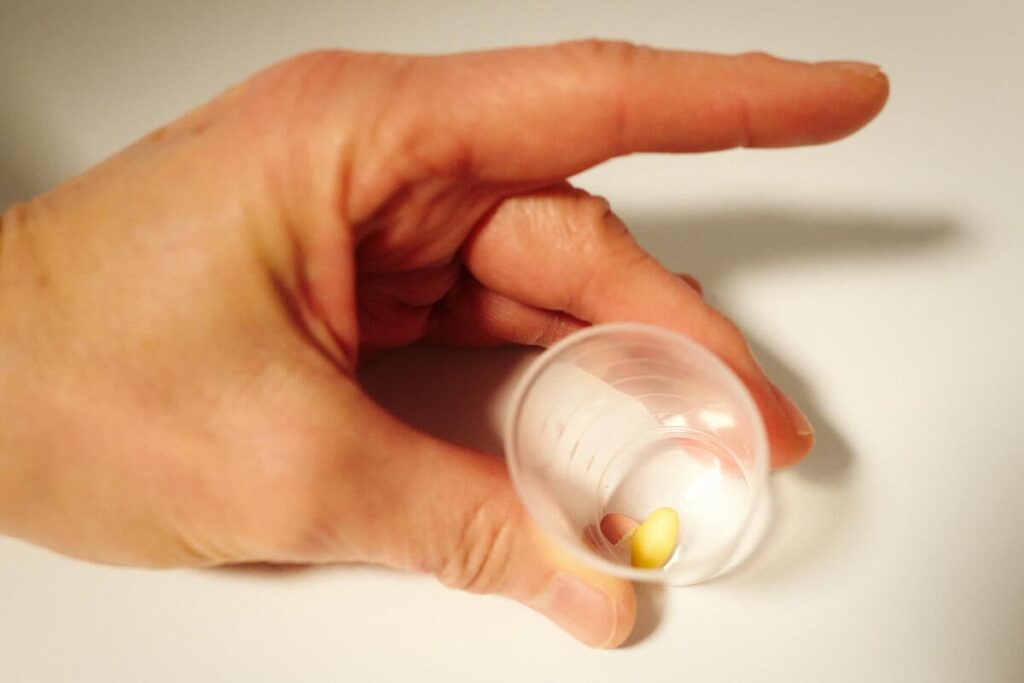
GENEVA, 18 September — The World Health Organization (WHO) has released a comprehensive guideline on balanced national controlled medicines policies. This landmark publication provides the first global framework aimed at ensuring access to controlled drugs for medical and scientific purposes while minimizing public health risks associated with misuse and diversion. The guideline follows a rapid communication issued during the Seventy-eighth World Health Assembly, which initially outlined the new approach.
Controlled medicines, such as opioids, benzodiazepines, barbiturates, and amphetamines, are crucial for managing pain, conducting surgeries, treating seizures, supporting palliative care, and addressing mental health and substance use disorders. However, millions of patients worldwide still face significant barriers to accessing these essential medications.
According to WHO, up to 98% of patients in low-income countries lack adequate pain relief. In contrast, weak safeguards in other regions have contributed to opioid-related epidemics. Globally, individuals with advanced cancer or living with HIV/AIDS often suffer without access to morphine, and epilepsy patients frequently go untreated due to restrictive regulations and a lack of understanding of clinical applications. Meanwhile, insufficient regulation in some countries has led to over-prescription and increased demand for strong opioids, resulting in substance use disorders and overdose.
Guideline for Balanced National Policies
The new WHO guideline advocates for national policies that ensure uninterrupted, affordable access to essential controlled medicines while preventing harmful non-medical use. It aims to help countries provide safe, equitable access to these vital drugs for managing acute and chronic pain, mental health disorders, substance use disorders, and other serious health conditions.
The guideline offers evidence-based recommendations across seven key domains: policy development, pricing and financing, medicines selection, procurement and supply chain, regulation, prescribing and dispensing, and education for health professionals and the public.
Key Recommendations
- National needs-based planning: Using epidemiological data and consumption patterns to forecast demand and avoid shortages or oversupply.
- Fair pricing and financing: Implementing mechanisms such as generics and biosimilars to maintain affordability without compromising quality.
- Marketing regulations: Banning misleading and unethical promotion of controlled medicines to prevent commercial interests from influencing their use.
- Evidence-based access: Ensuring scientific evidence informs access decisions, balancing safety with availability.
- Supply chain innovations: Utilizing digital tools and technologies to prevent stock-outs and reduce diversion from medical to non-medical use.
- Legal reforms: Protecting patients’ rights to possess prescribed controlled medicines.
- Comprehensive training: Providing education for health professionals and public awareness campaigns.
- Robust monitoring systems: Balancing transparency with patient privacy protection.
These measures are designed to ensure that controlled medicines remain accessible, affordable, and safely used for legitimate medical and scientific purposes, preventing patients from suffering or dying needlessly due to a lack of essential medications.
Development and Global Impact
The guideline was developed through a multi-year process involving systematic reviews and global consultations, replacing the 2011 WHO guidance on controlled substances. It will be available in all six official WHO languages, guiding policy reforms across Member States, particularly in low- and middle-income countries where treatment gaps are most pronounced.
Experts believe this initiative could significantly impact global health, especially in regions where access to controlled medicines is severely limited. Dr. Maria Santos, a public health expert, noted,
“This guideline represents a critical step towards addressing the global inequities in access to essential medicines. It provides a roadmap for countries to balance the need for availability with the imperative to prevent misuse.”
Looking Ahead
The publication of this guideline is expected to catalyze policy changes worldwide, with a particular focus on improving access in low-income regions. As countries begin to implement these recommendations, the WHO will likely play a crucial role in monitoring progress and providing support to ensure the guideline’s successful adoption and impact.
The global health community will be watching closely as these policies are enacted, hoping for a future where no patient is left without the necessary medical care due to regulatory or economic barriers.






